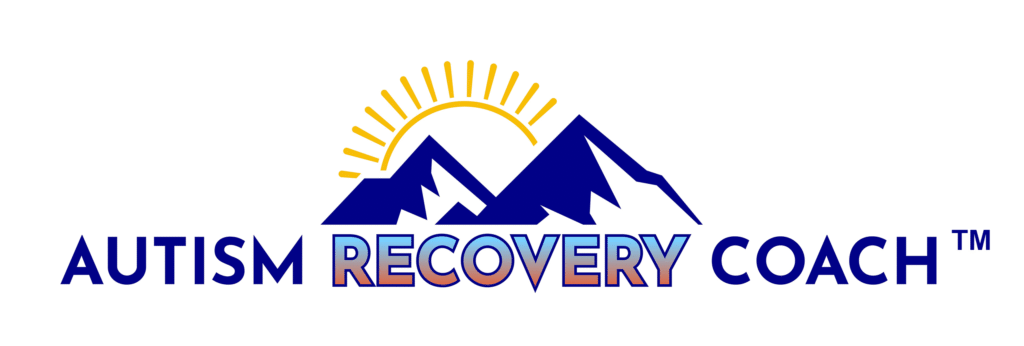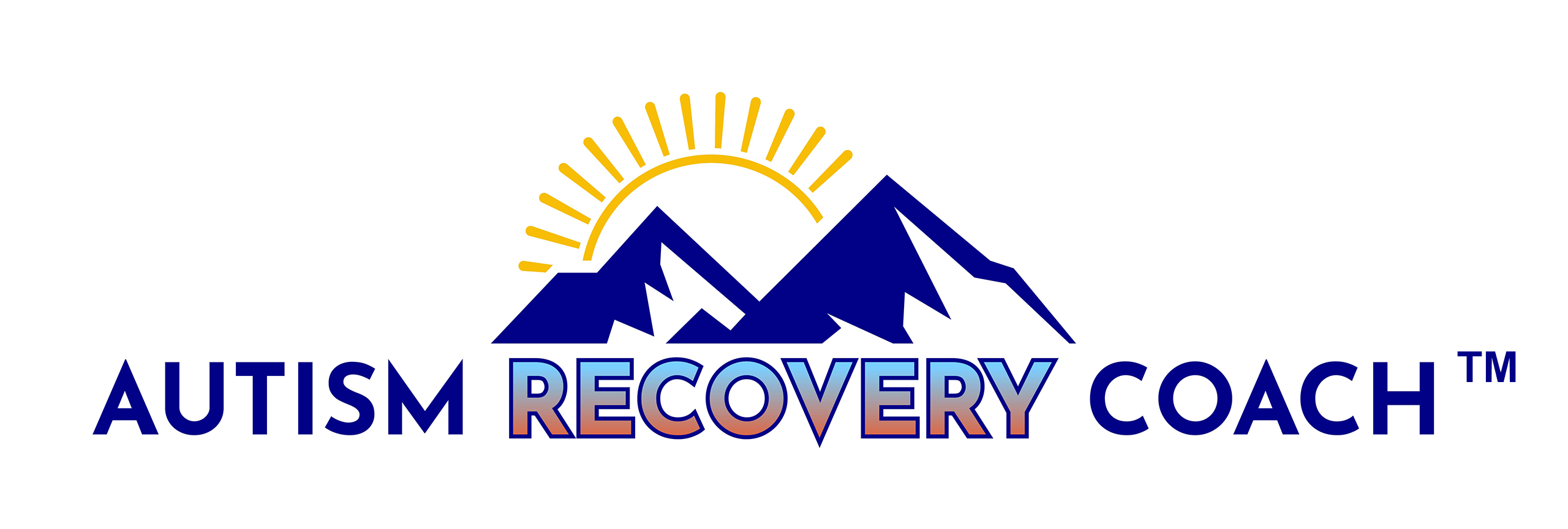Sleep disorders are common in individuals with autism spectrum disorder (ASD), with up to 80% experiencing difficulties falling and staying asleep. Poor sleep can exacerbate many of the symptoms associated with ASD, including stimming, hyperactivity, and anxiety. In this blog, we will explore the prevalence of sleep disorders in autism, discuss biomedical strategies for improving sleep quality and quantity, and delve deeper into the relationship between sleep and stimming in autism.
Understanding Stimming
Stimming, also known as self-stimulatory behavior, is a common characteristic of autism. It often involves repetitive movements or sounds that provide sensory input and help individuals with autism regulate their emotions. However, stimming in autism can interfere with sleep, making it challenging for individuals with autism to fall and stay asleep.
Melatonin Supplementation
Autism consulting online can be a great resource for individuals and families looking for guidance and support when considering melatonin supplementation. It is important to work with a healthcare professional who specializes in autism and has experience with melatonin, as dosing and timing are critical factors. Additionally, melatonin should only be considered after addressing other potential causes of sleep difficulties, such as sleep hygiene practices and environmental factors. Melatonin supplementation has been shown to improve sleep quality and quantity in individuals with autism who have lower levels of melatonin naturally produced by the body.
Sleep Hygiene Practices
As an autism coach for children, it’s important to educate parents and caregivers about the importance of sleep hygiene practices. Sleep hygiene practices are essential for promoting restful sleep in individuals with autism. These practices include establishing a consistent sleep schedule, creating a relaxing sleep environment, and avoiding stimulants such as caffeine and electronics before bedtime.
Creating a relaxing sleep environment can involve using calming scents such as lavender, playing soft music, and using blackout curtains to block out light. Additionally, limiting exposure to electronics before bedtime can help reduce stimulation and promote restful sleep.
Other Interventions
Other interventions that can promote restful sleep in individuals with autism include dietary changes, exercise, and sensory integration therapy. Dietary changes may include avoiding certain foods that can interfere with sleep, such as sugar and caffeine, and incorporating foods that promote sleep, such as turkey and warm milk. Exercise has been shown to improve sleep quality in individuals with autism.
Sensory integration therapy can help individuals with autism regulate their emotions and reduce stimming behaviors, which can interfere with sleep. For more information on stimming in autism and autism consulting, consult with a healthcare professional or autism specialist.
The Importance of Comprehensive Treatment
It is essential to address sleep disorders in individuals with autism as part of a comprehensive treatment plan. Sleep difficulties can exacerbate many of the symptoms associated with ASD, making it challenging to manage the condition effectively. By addressing sleep disorders, individuals with autism can experience improved quality of life and better outcomes.

Explore the transformative potential of biomedical approaches to address sleep disorders in autism with the expert guidance of the Autism Recovery Coach. Discover effective autism coaching services for children. Optimize sleep and well-being with personalized biomedical treatments and find the best supplements for autism and anxiety. Elevate your journey with quality B12 products—buy B12 oil online, order Transdermal B12 patches, and purchase B12 cream online. Contact now for a restful path to autism recovery.



